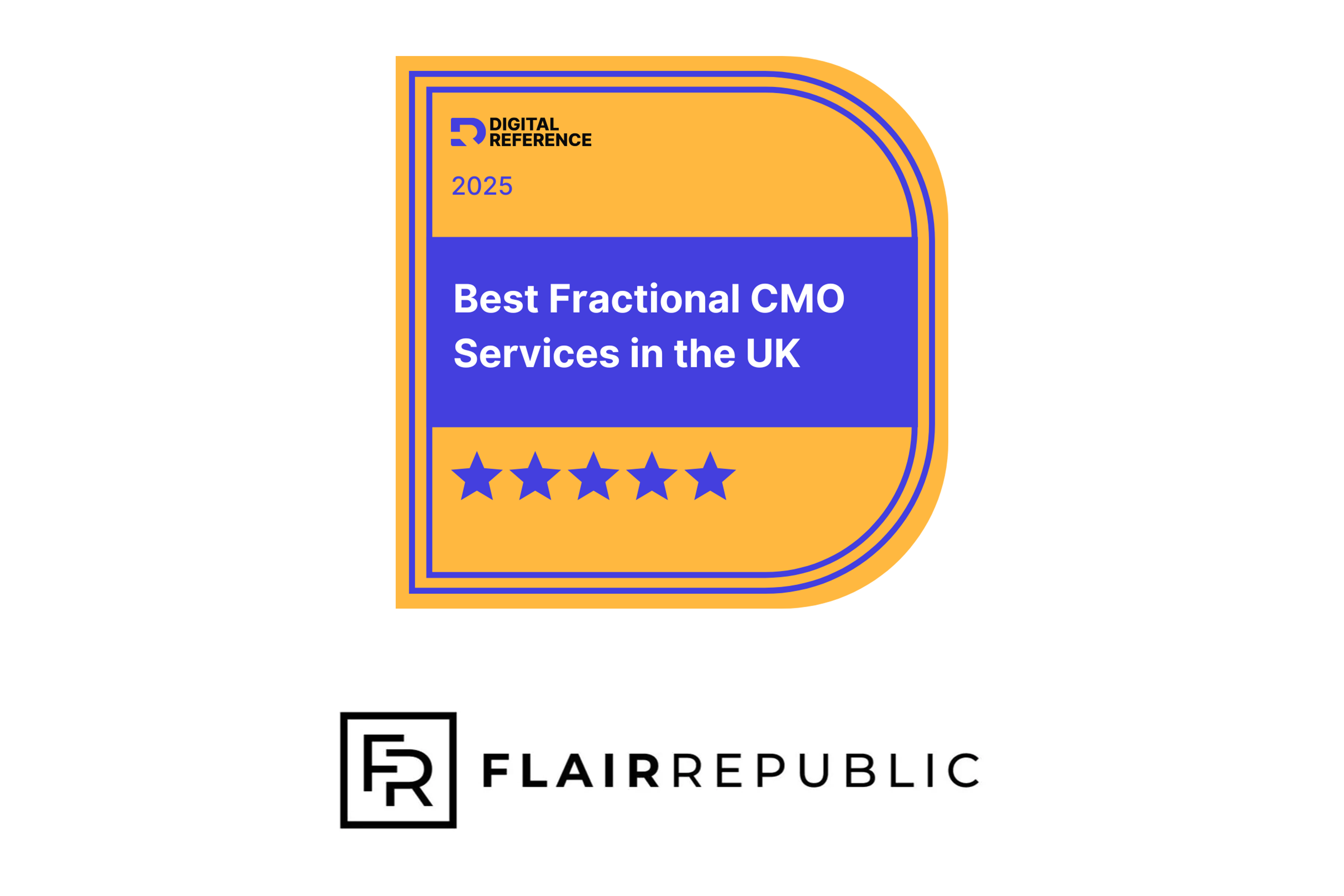
How COVID-19 Changed Marketing
Adapting to Remote Marketing
COVID-19 changed businesses far and wide. Nearly every week at the moment, we saw reports of businesses facing financial crises, mass redundancies, and catastrophic changes to our economy. As many businesses adapted to remote working, all marketing efforts became remote in the process. However, innovation has always been crucial to marketing.
Embracing Remote Marketing
When a marketing strategy is produced, environmental factors, just like COVID-19, become part of the marketing audit process. Performing this audit determines how we adapt our marketing tactics and how we spend our marketing budgets. A good marketing strategy also includes a contingency plan, so for any risk or crisis, there’s always a backup plan.
Innovation is not a new concept for marketers. It’s the remote marketing initiatives that kept businesses going. Granted, many businesses were not been able to continue trading due to social distancing rules, and many had to furlough staff due to their products or services not being needed during a time of global crisis.
Shifting Focus to Online Platforms
However, remote marketing teams that continued to work throughout COVID-19 had to focus most of their efforts on online activities. Many events that would have taken place at a venue have been held as webinars. For some businesses, this has been more advantageous as they’ve been able to follow up with attendees without any hassle.
Engagement has not been a problem where webinars are involved. However, when we look at channels such as LinkedIn, Twitter, and Facebook, many have increased their social media activities as rival companies have done the same. In a similar effort to increase engagement whilst keeping costs to a minimum, businesses have increased their online resources and online content. Whilst SEO might still be a focus, many businesses have scaled back on PPC advertising. Cost-per-click for paid search campaigns dramatically decreased after the announcement of lockdown back in March.
Maximising Customer Retention
It’s fairly well known that the success rate of selling to an existing customer is 60-70%, while the success rate of selling to a new customer is 5-20%. Whilst some marketing teams have focused their efforts on growth hacking and acquisition, other businesses have had to scale back their marketing budgets and have thought about the ways in which they can add value to their existing customer base. Still, sales and marketing teams have had to be proactive to retain customers. They’ve managed to adapt their communication methods to maintain a rapport with their client base. With all processes being taken online, COVID-19 has also provided a time to gain invaluable customer insights, to find out what customers really want and to offer a more personalised service.
Enhancing Remote Marketing Strategies
Remote marketing strategies have had to evolve rapidly. Businesses that previously relied heavily on physical presence and face-to-face interactions found themselves at a crossroads. The shift to remote marketing required a comprehensive reassessment of tools, techniques, and platforms used to reach and engage customers.
1. Leveraging Digital Tools: The shift to remote marketing has accelerated the adoption of various digital tools and platforms. Tools like Zoom, Microsoft Teams, and Slack have become integral for internal communications and external webinars. Additionally, CRM systems and marketing automation tools like HubSpot, Salesforce, and Marketo have been crucial in managing customer relationships and automating marketing campaigns.
2. Content is King: With more people spending time online, content marketing has become more important than ever. Businesses have had to ramp up their efforts in creating high-quality, relevant content that resonates with their audience. Blogs, whitepapers, infographics, and videos are being utilised to provide value and engage customers. Content that addresses the current challenges faced by customers, provides solutions, and offers insights has seen higher engagement rates.
3. Social Media Engagement: Social media has played a pivotal role in remote marketing efforts. Platforms like LinkedIn, Twitter, Facebook, and Instagram have become the primary channels for customer engagement. Businesses have increased their social media activities, posting more frequently, engaging with followers, and running targeted ad campaigns. The use of live streaming on platforms like Facebook Live, Instagram Live, and LinkedIn Live has also seen a significant uptick, allowing businesses to interact with their audience in real-time.
4. Email Marketing Revival: Email marketing has seen a resurgence as businesses strive to maintain a direct line of communication with their customers. Personalised email campaigns, segmented based on customer preferences and behaviour, have proven effective in nurturing leads and retaining existing customers. Email newsletters with valuable content, updates, and offers have helped keep customers informed and engaged.
5. Data-Driven Decisions: The shift to remote marketing has underscored the importance of data analytics. Businesses are leveraging data to gain insights into customer behaviour, preferences, and trends. Tools like Google Analytics, social media analytics, and CRM analytics are being used to track the performance of marketing campaigns, measure ROI, and make informed decisions. Data-driven marketing allows for more targeted and effective strategies, ensuring resources are used efficiently.
Exploring New Avenues
The pandemic also pushed businesses to explore new avenues for remote marketing. Virtual reality (VR) and augmented reality (AR) gained traction as innovative ways to engage customers. Virtual showrooms, AR product demonstrations, and VR events are providing immersive experiences that bridge the gap between physical and virtual interactions.
1. Influencer Marketing: Influencer marketing has also seen a rise as businesses look to leverage the reach and credibility of influencers to promote their products and services. Collaborations with influencers who align with the brand’s values and target audience can significantly boost visibility and engagement.
2. Community Building: Building online communities has become a key focus for many businesses. Creating forums, social media groups, and online clubs where customers can interact, share experiences, and seek support has helped in fostering a sense of community and loyalty. These platforms provide valuable insights into customer needs and preferences while enhancing brand loyalty.
3. Virtual Events and Trade Shows: With physical events and trade shows being cancelled, businesses have turned to virtual events and trade shows. These virtual gatherings offer opportunities for networking, product demonstrations, and lead generation, similar to their physical counterparts. Platforms like Hopin, Airmeet, and Bizzabo have become popular for hosting virtual events, providing businesses with tools to create engaging and interactive experiences.
The Future of Remote Marketing
As the world continues to adapt to the new normal, remote marketing is likely to remain a significant part of business strategies. The lessons learned and innovations developed during this period will continue to shape the future of marketing. Businesses that embrace flexibility, continue to innovate, and remain customer-centric will be well-positioned to thrive in the evolving landscape.
All in all, the competition has never been higher in the digital world of marketing. To continue to survive, whether focus is on acquisition or retention, marketing teams must continue to adapt and continue to provide customers with value. If you would like to find out how your marketing strategy can be improved, please get in touch with us.






